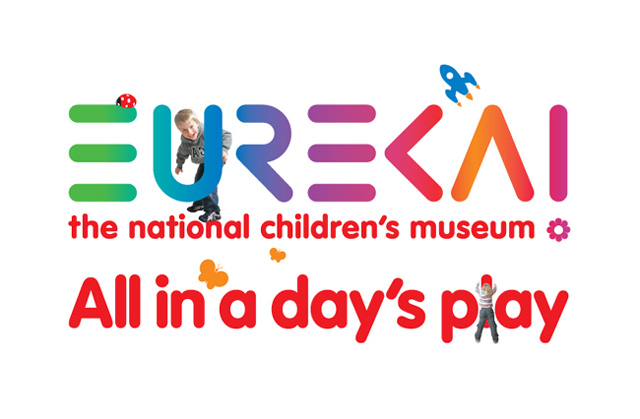 |
| Creative staff training helps inspire our Enablers when delivering programmes. |
For the training we collected a vast number of resources; costumes, storybooks, props, and other diverse items. We then put the Enablers into groups and gave them the freedom to devise a full days worth of events using what we had in the room or anything they could find from the museum.
Complete freedom, however, can be intimidating, so we gave each group a simple scenario detailing how many visitors were in the museum and what the weather was like on the day they were planning for. This helped to inspire some of the events and made the enablers think about whether a particular event is suitable for varying visitor numbers.
‘We all need empty hours in our lives or we will have no time to create or dream’
The quote from child psychiatrist and author Robert Coles sums up or philosophy when executing the session. Creating a stimulating environment where the staff felt free to do what they wanted worked far better than having a structured training schedule as it gave them room to ‘Create and Dream’, though our hours were far from empty.
There was no shortage of ideas; staff devised a range of different activities, from manic games involving water balloons to quiet and calm origami folding. In this setting the Enablers were empowered to show off their many talents as musicians, magicians or historians.
Fun was had by all and this fun atmosphere will be directly passed onto our visitors who can expect varied spontaneous events and activities in our galleries in the future (particularly on weekends and quiet afternoons)!
So as we see training is a very important part of being an Enabler at Eureka, but I still wouldn’t say that ‘At Eureka we take training our staff very seriously’; I would rather say that ‘At Eureka we take training our staff very playfully’.
Ben Healey is a Team Leader at Eureka! The National Children's Museum





